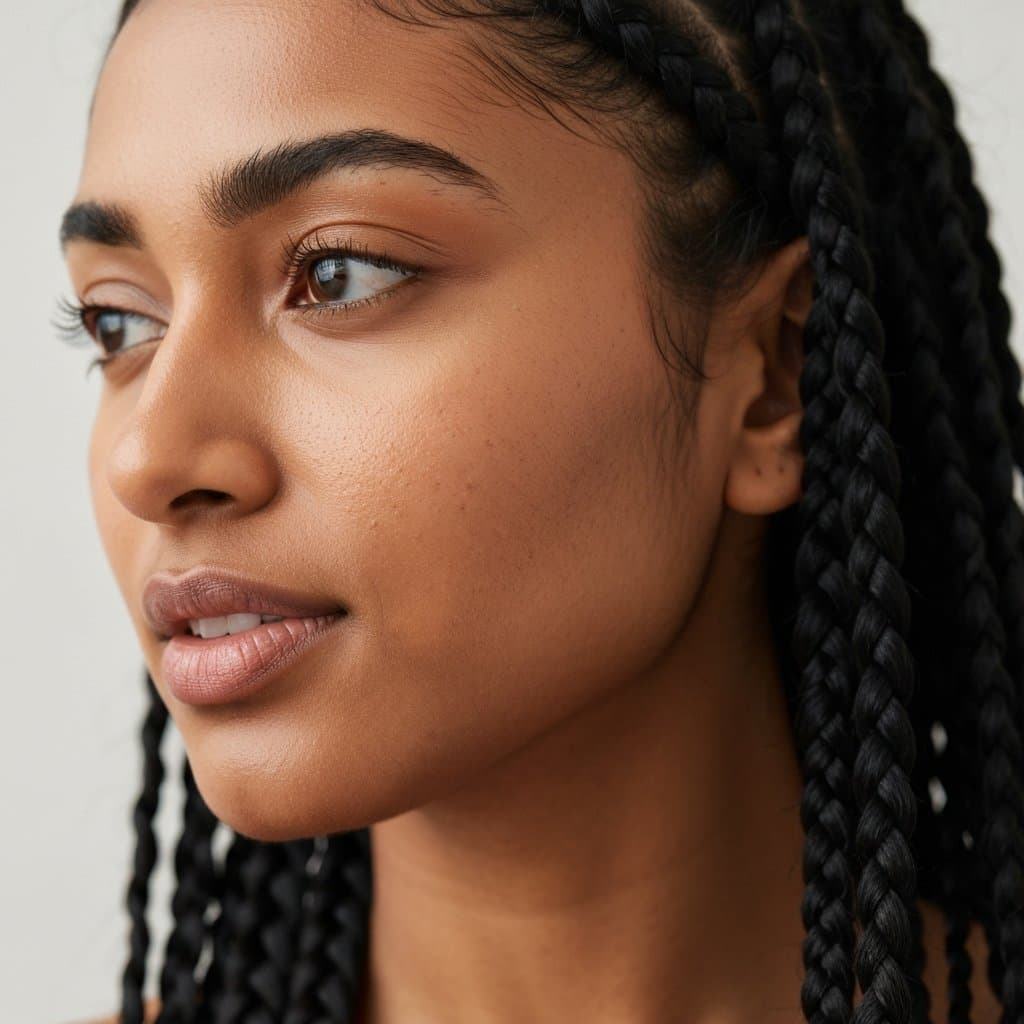Beach Waves vs Fairy Waves: Which Style Suits You Best?
Beach Waves vs Fairy Waves: Which Style Suits You Best?
Discover the Key Differences Between These Two Trending Hairstyles and Find Your Perfect Match
In the ever-evolving world of hairstyling, two wave patterns have captured the hearts of beauty enthusiasts worldwide: beach waves and fairy waves. While both styles celebrate the beauty of wavy hair, they couldn't be more different in their execution, aesthetic, and overall vibe. Beach waves embody the carefree, sun-kissed look of a day spent by the ocean, while fairy waves channel ethereal romance with their polished, flowing curls. This comprehensive guide will help you understand the nuances of each style and determine which one aligns perfectly with your personal aesthetic, lifestyle, and hair goals.
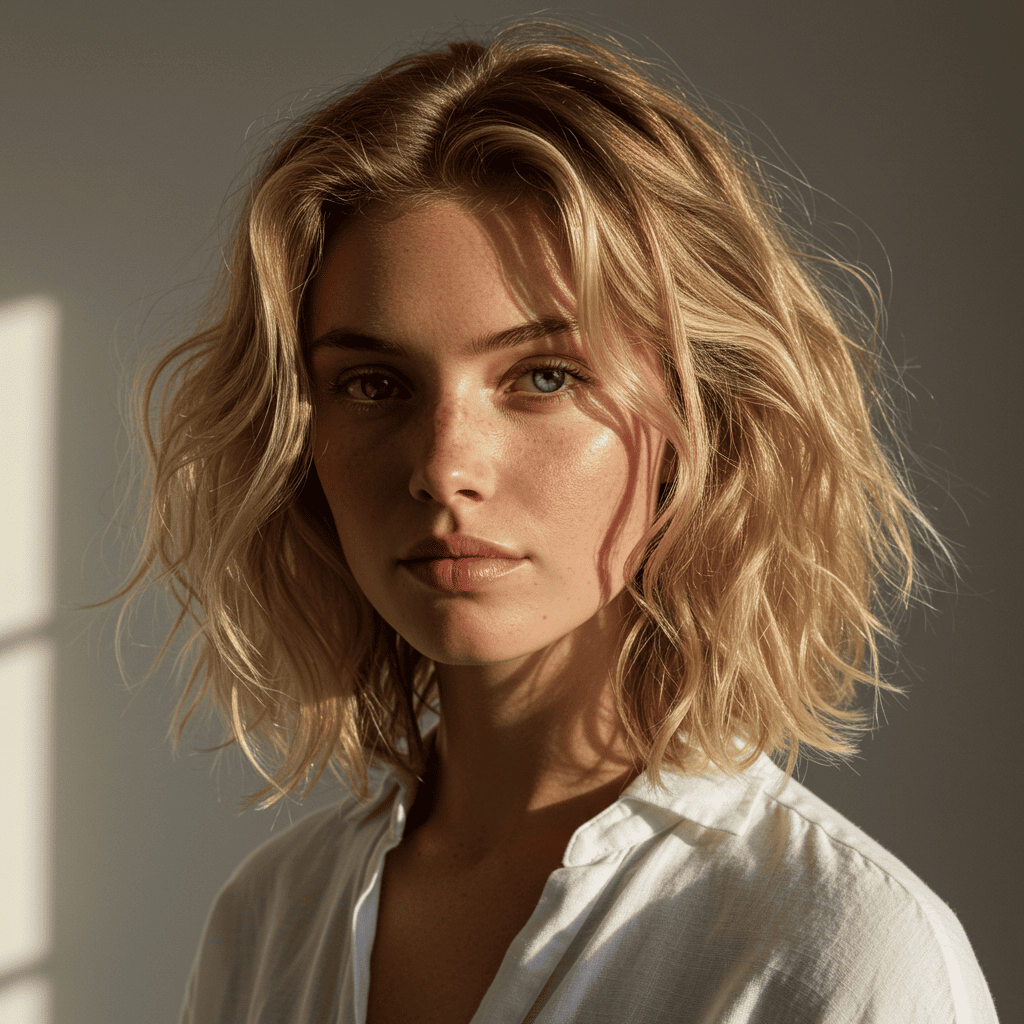
Understanding the Fundamental Differences: Texture, Finish, and Movement
The distinction between beach waves and fairy waves begins with their fundamental characteristics. Beach waves are all about embracing imperfection and natural texture. They feature an undone, tousled appearance that suggests you've spent the day surfing or lounging on the sand. The texture is typically matte or semi-matte, with visible separation between wave sections that creates a piece-y, lived-in look. Beach waves often have irregular patterns, with some sections wavier than others, mimicking how hair naturally responds to salt water and ocean breezes.

In contrast, fairy waves epitomize polished elegance and intentional styling. These waves are characterized by uniform, S-shaped patterns that flow seamlessly from one curve to the next. The finish is notably glossy and smooth, with each wave reflecting light to create an almost magical shimmer. Fairy waves maintain their definition without appearing separated or piece-y, instead flowing together in a continuous, romantic cascade that looks effortlessly perfect.
The movement patterns of these two styles also differ significantly. Beach waves have a more horizontal, outward movement, with waves that seem to expand and create volume around the face. They bounce and shift independently, creating dynamic movement that changes with every turn of your head. Fairy waves, however, flow vertically with a more controlled, graceful movement. They tend to move as one cohesive unit, creating a waterfall effect that's both mesmerizing and elegant.
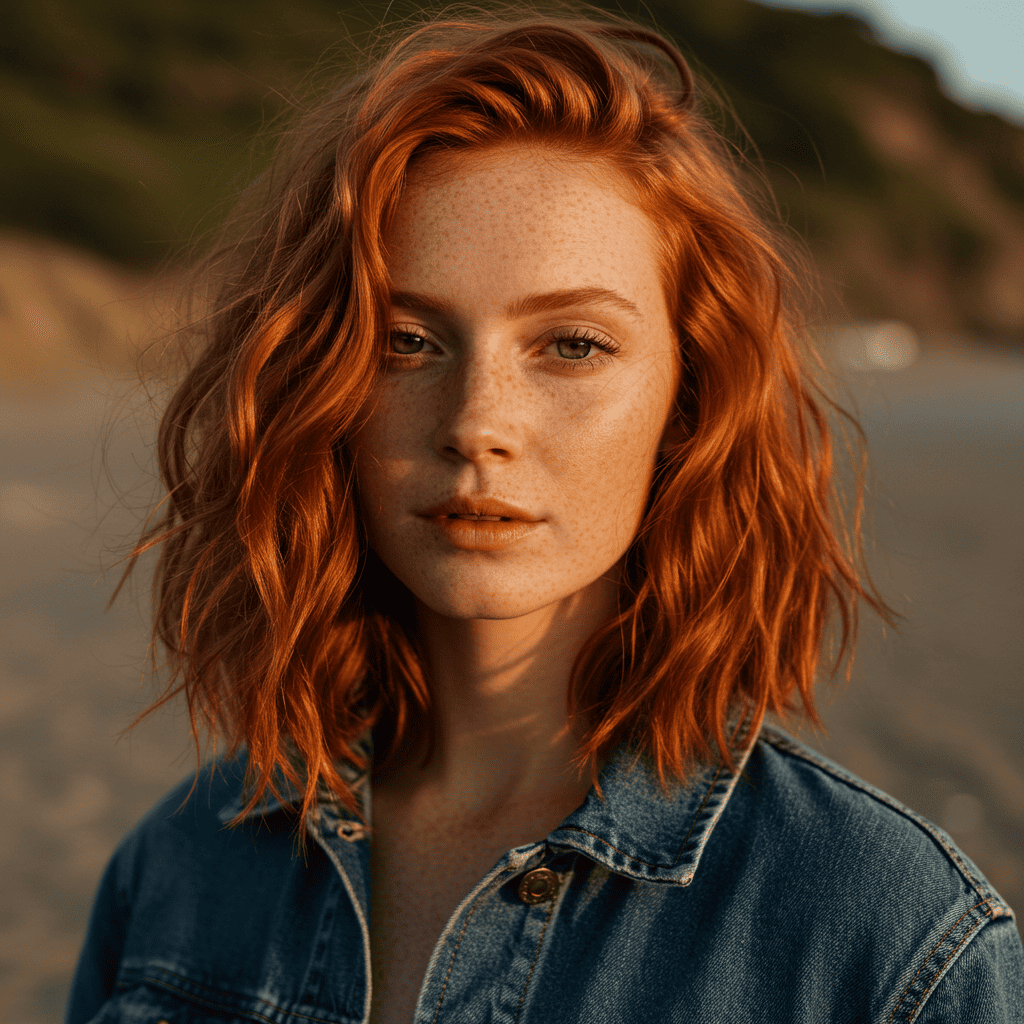
The History and Cultural Significance of Each Style
Beach waves have deep roots in surf culture and the California lifestyle that emerged in the 1960s and 70s. This style gained mainstream popularity through iconic beach movies and the rise of surf brands that celebrated the natural, sun-bleached look of coastal living. The style experienced a major resurgence in the early 2000s, coinciding with the boho-chic movement and festivals like Coachella that celebrated effortless, undone beauty.
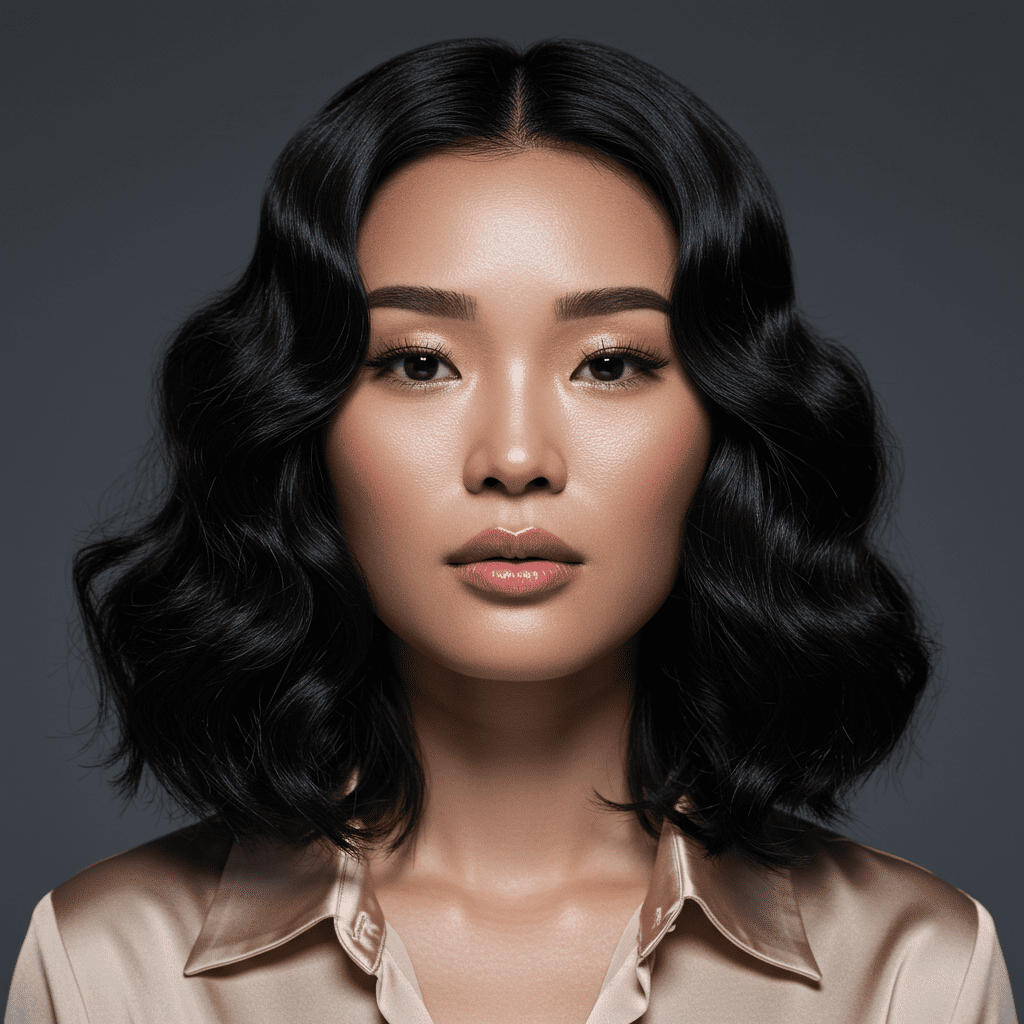
The beach wave aesthetic represents more than just a hairstyle – it's a lifestyle statement that suggests adventure, spontaneity, and a connection to nature. Celebrities like Blake Lively, Gigi Hadid, and Margot Robbie have become synonymous with perfectly imperfect beach waves, showcasing how the style can be both casual and red-carpet appropriate. The evolution of beach waves has seen various interpretations, from the extremely tousled "bedhead" waves to more refined "luxury beach" waves that maintain the texture while adding polish.

Fairy waves, on the other hand, emerged more recently as part of the broader "fairycore" and romanticism trends that gained traction on social media platforms. This style draws inspiration from fantasy literature, period dramas, and the ethereal aesthetics of Pre-Raphaelite paintings. The rise of fairy waves coincided with a cultural shift toward embracing femininity and romance in fashion and beauty, offering an alternative to the edgier, more casual styles that dominated the previous decade.
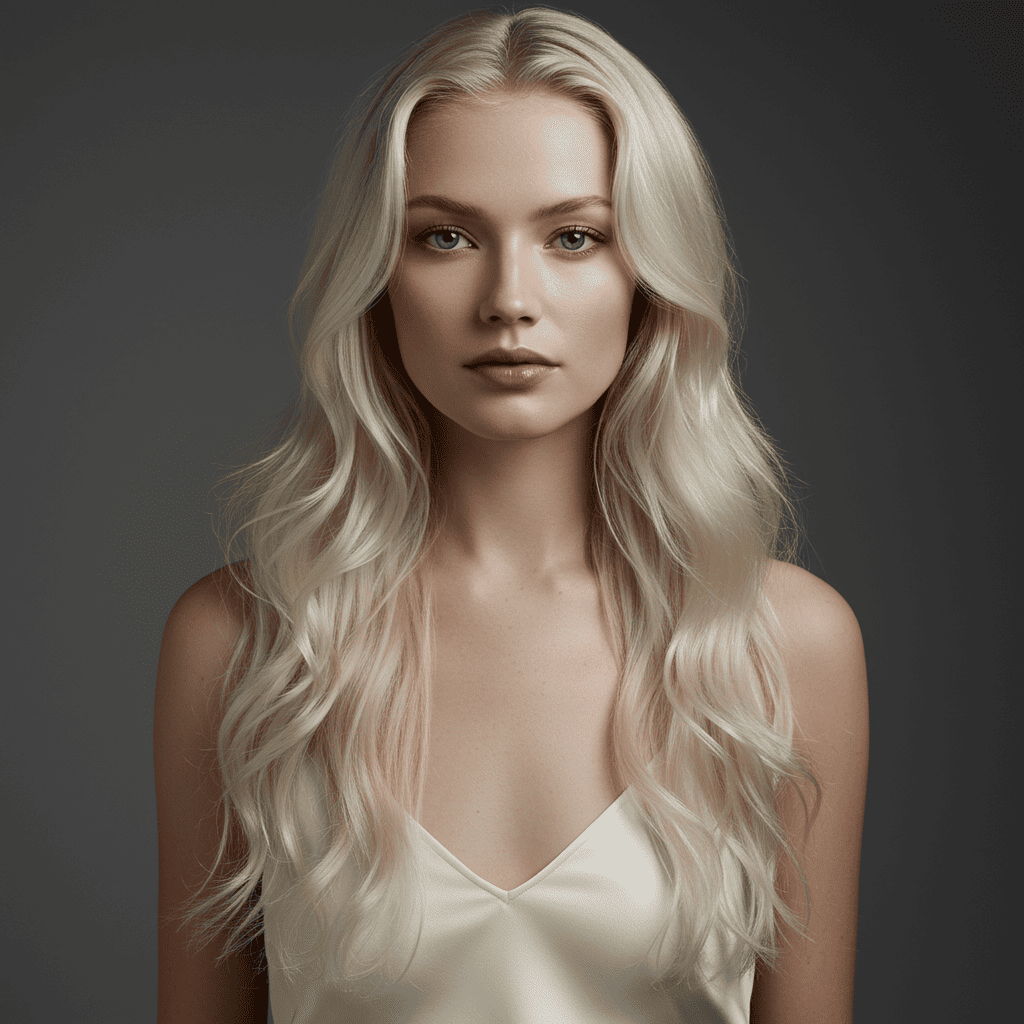
Hair Length Considerations: How Each Style Works on Different Lengths
When it comes to short hair, beach waves truly shine in their versatility. A beach wave bob creates a playful, youthful appearance that adds significant texture and movement to shorter lengths. The tousled nature of beach waves can make fine short hair appear fuller and more voluminous, while the piece-y texture prevents the style from looking too perfect or helmet-like. Even pixie cuts can incorporate subtle beach wave texture for added interest and dimension.
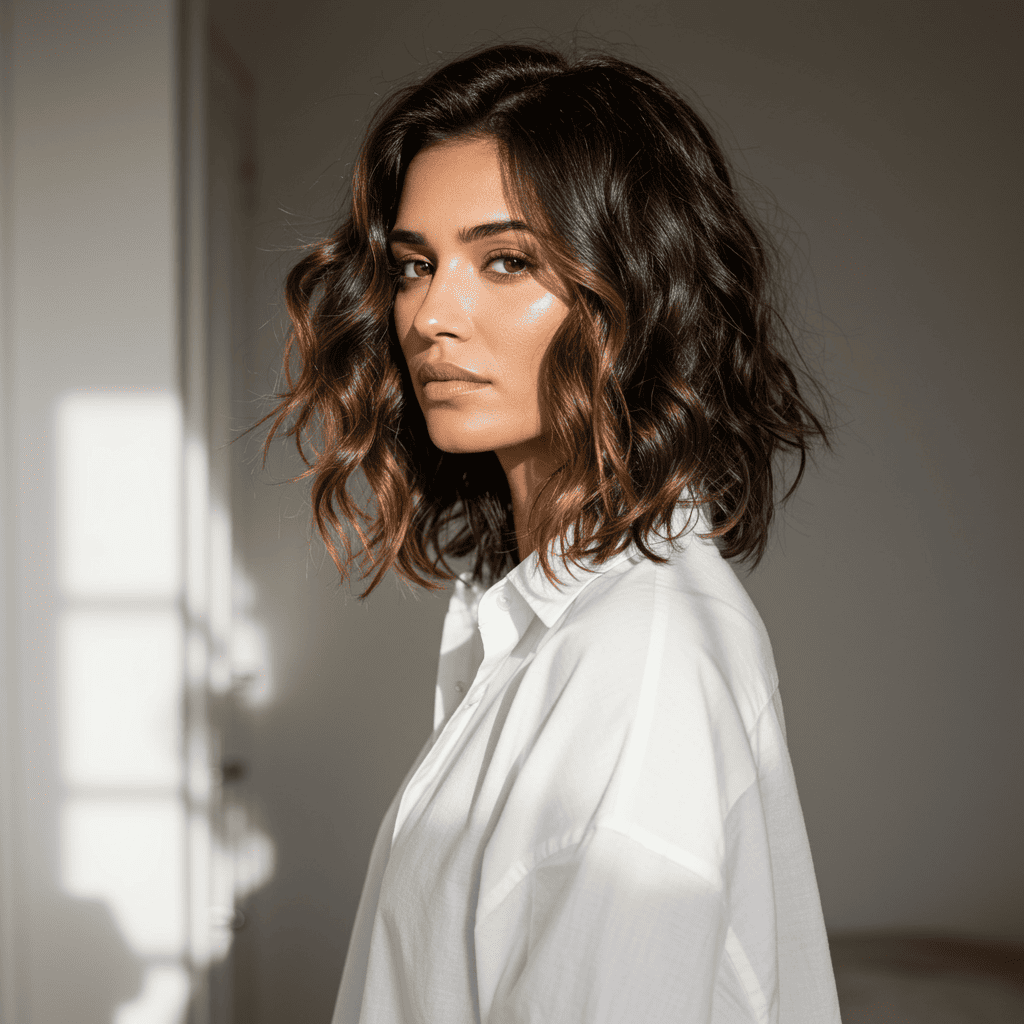
Fairy waves, while beautiful on shorter hair, typically require at least shoulder-length hair to achieve their signature flowing effect. The romantic cascade that defines fairy waves needs length to fully develop the S-pattern and create that ethereal movement. However, when executed on medium-length hair, fairy waves can create a sophisticated, polished look that's perfect for professional settings or special occasions.
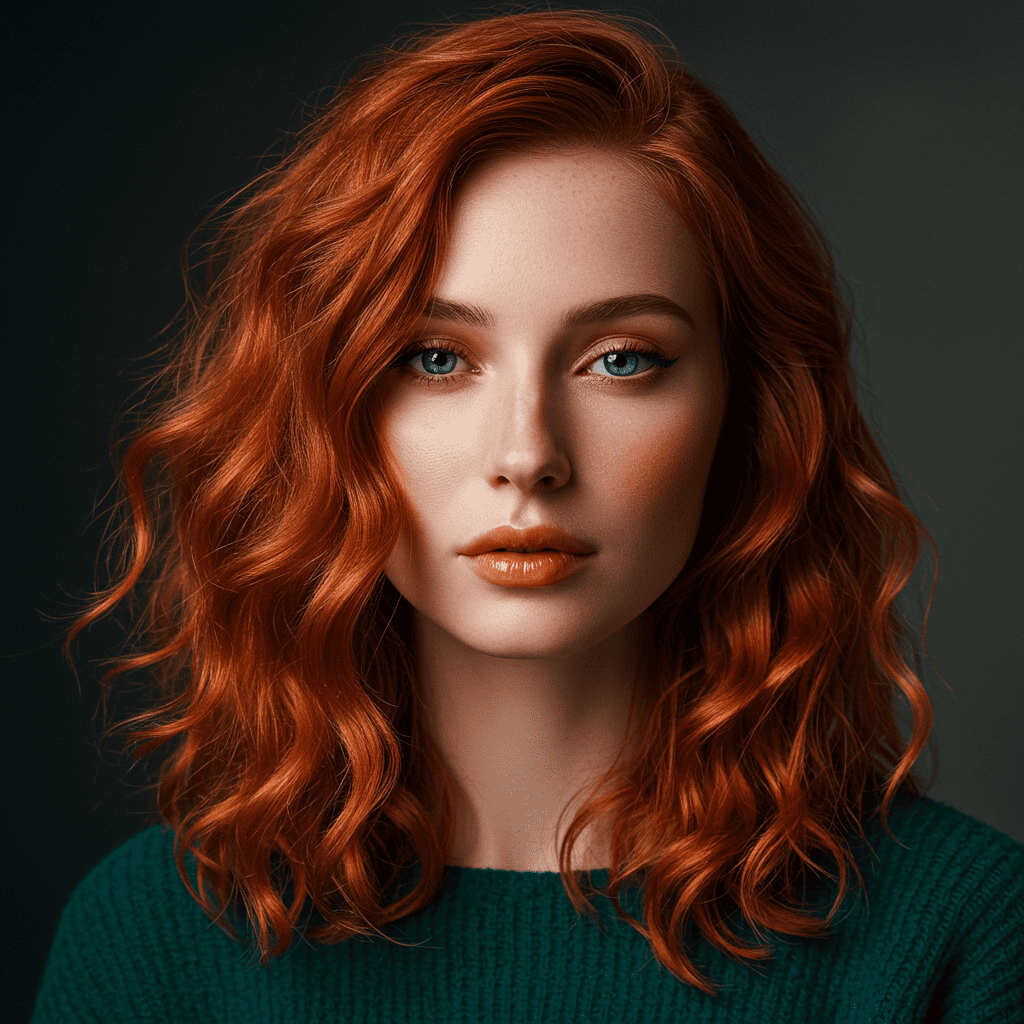
Long hair provides the ultimate canvas for both styles, but each creates a distinctly different effect. Beach waves on long hair create a bohemian goddess vibe, with the texture preventing the length from appearing flat or lifeless. The irregular pattern of beach waves adds visual interest throughout the length, making long hair appear more dynamic and multidimensional.
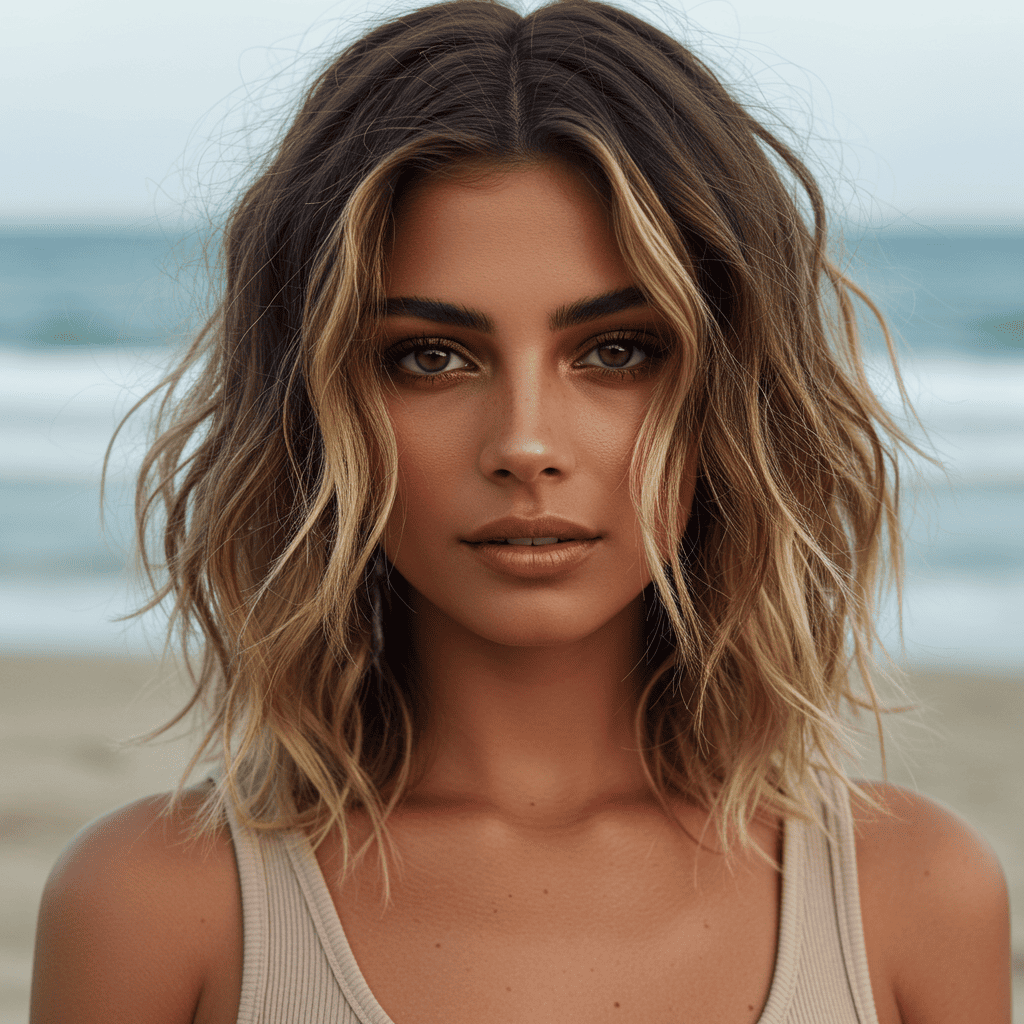
Fairy waves on long hair create a truly magical effect, with the length allowing for the full development of the flowing, ribbon-like pattern. The continuous curves create an almost hypnotic visual effect, especially when the hair moves. Long fairy waves are particularly stunning with dimensional color, as the smooth surface and uniform pattern showcase highlights and lowlights beautifully.
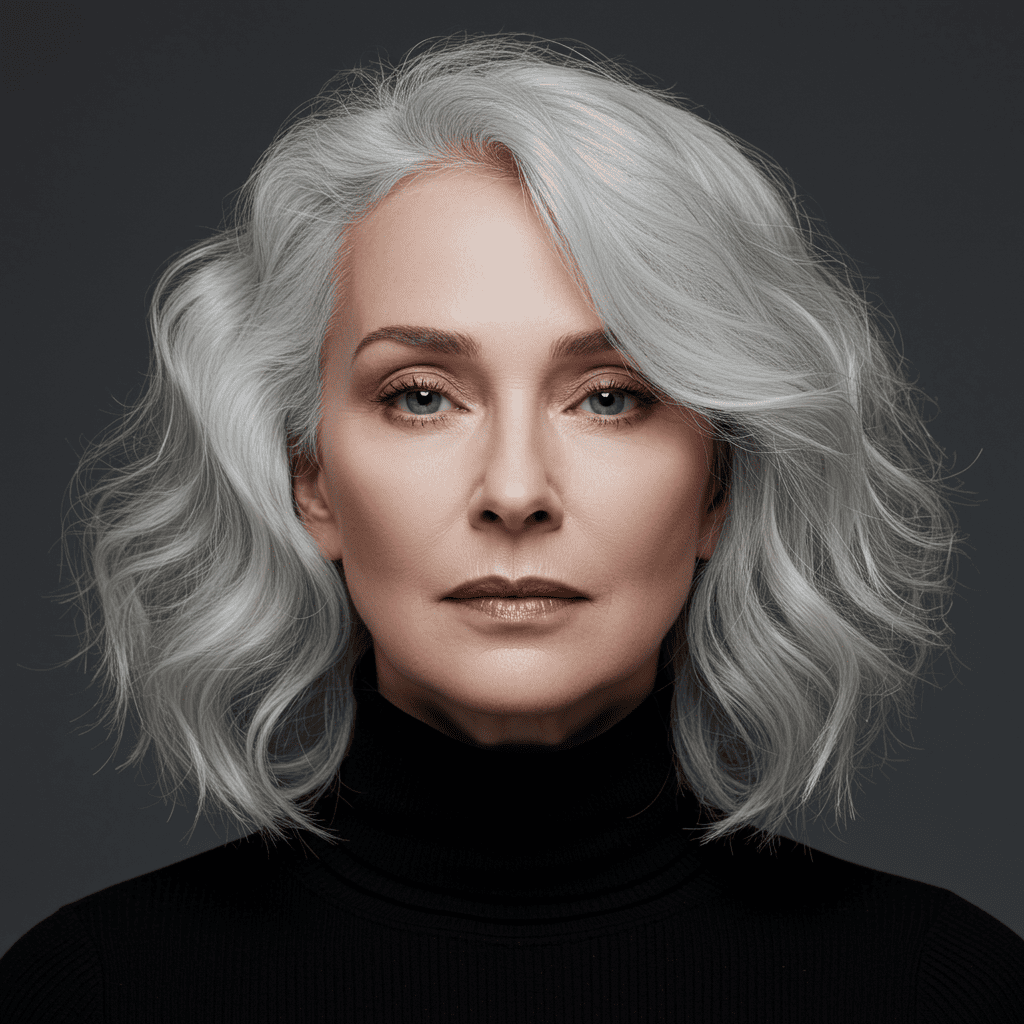
Face Shape Analysis: Which Style Flatters Your Features
Understanding how each wave style interacts with different face shapes can help you make the most flattering choice. Round faces benefit significantly from beach waves, as the horizontal volume and textured pieces create angles and definition that balance softer facial features. The irregular pattern of beach waves can be strategically styled to create height at the crown and minimize width at the cheeks, creating a more oval appearance.
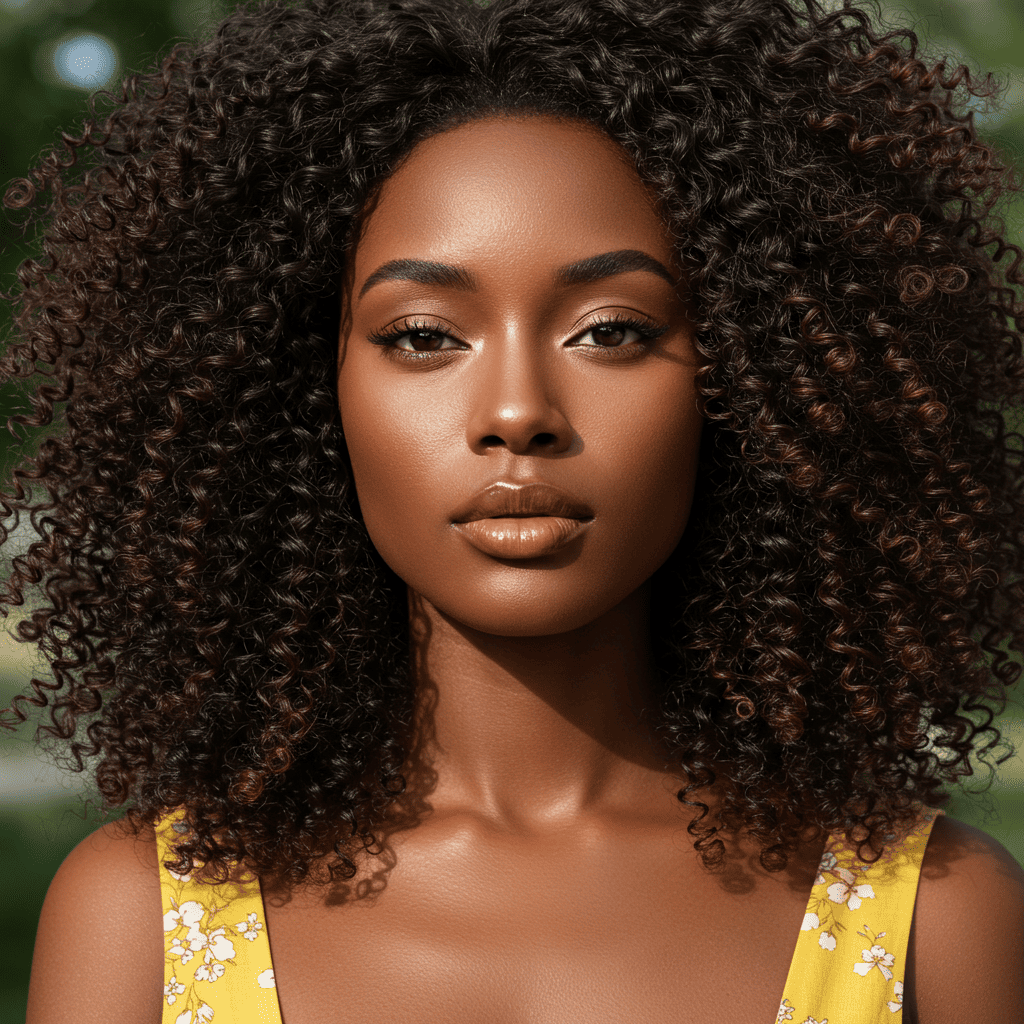
For square faces, fairy waves offer a softening effect that complements angular features beautifully. The smooth, curved lines of fairy waves create a gentle contrast to strong jawlines and defined cheekbones. The romantic, flowing nature of fairy waves adds femininity and softness without overwhelming the face's natural structure.
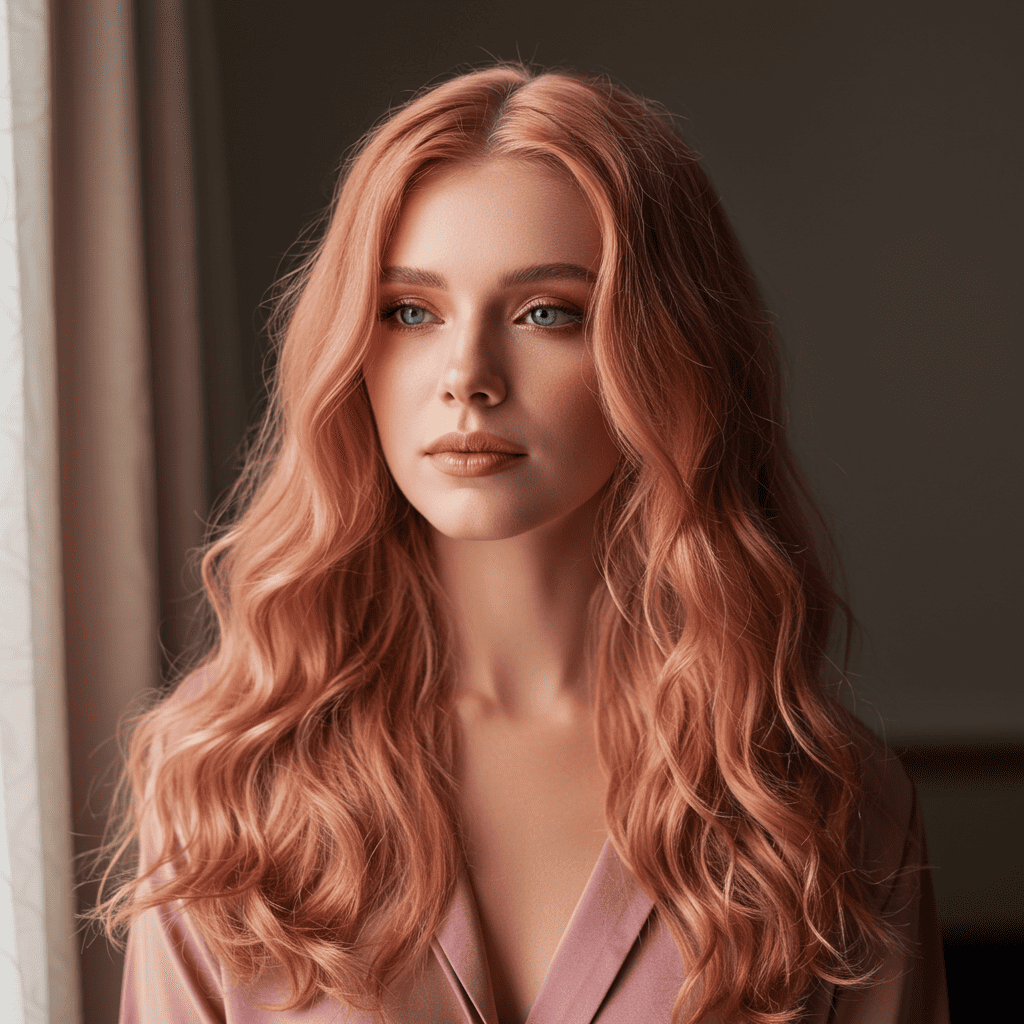
Oval faces, considered the most versatile face shape, can successfully wear both beach waves and fairy waves. The choice becomes more about personal style preference and lifestyle considerations. Beach waves can add width and volume for those with longer oval faces, while fairy waves can elongate rounder oval faces with their vertical flow.

Heart-shaped faces look stunning with both styles, but each creates a different effect. Beach waves with volume concentrated at jaw level help balance a wider forehead and narrow chin. Fairy waves that begin below the cheekbones can create beautiful framing that draws attention to the eyes while softening the overall face shape.
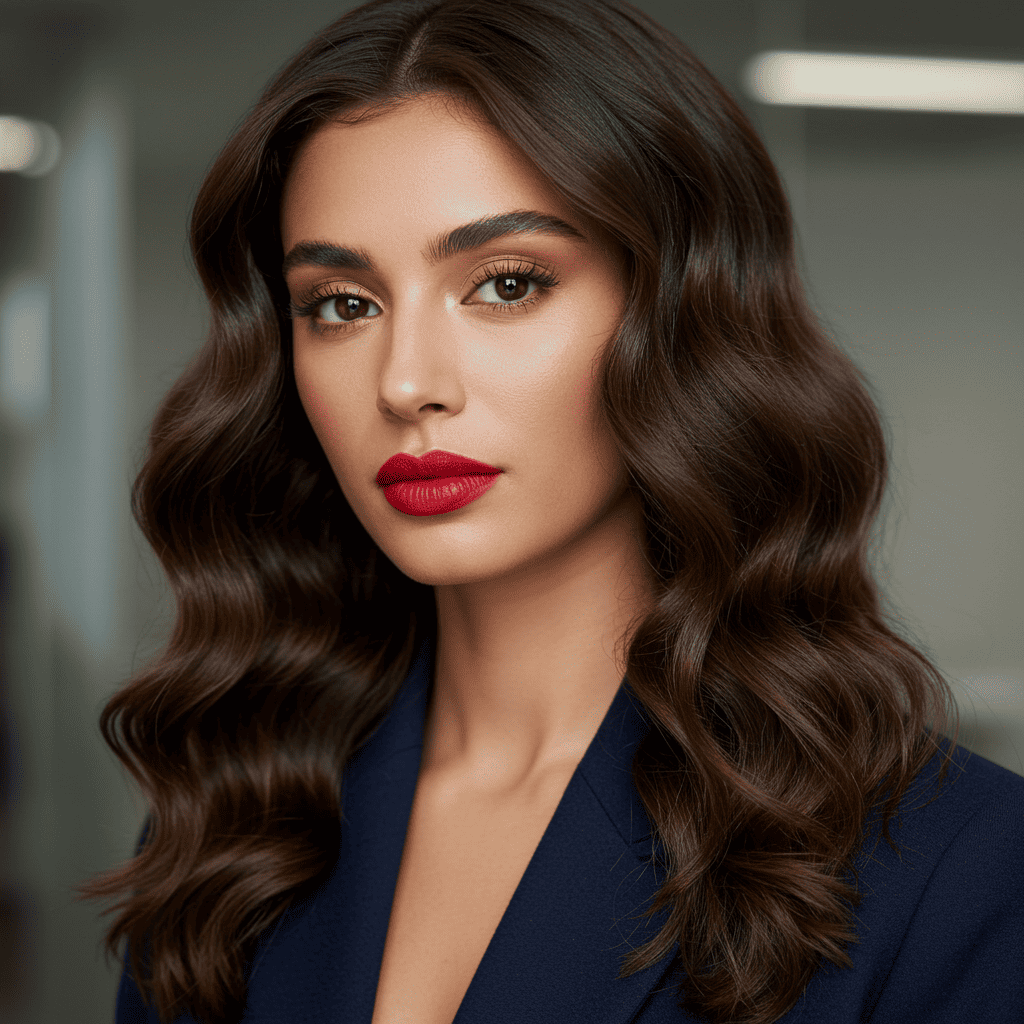
Styling Techniques: The Tools and Methods That Make the Difference
Creating authentic beach waves requires specific techniques that emphasize texture over perfection. The most popular method involves using a 1.25-inch curling iron or wand, wrapping random sections in alternating directions, and leaving the ends out for that undone finish. The key is to vary section sizes and avoid creating uniform patterns. After curling, the waves are broken up with fingers or a wide-tooth comb, then enhanced with texturizing spray or sea salt spray for that characteristic gritty, piece-y finish.
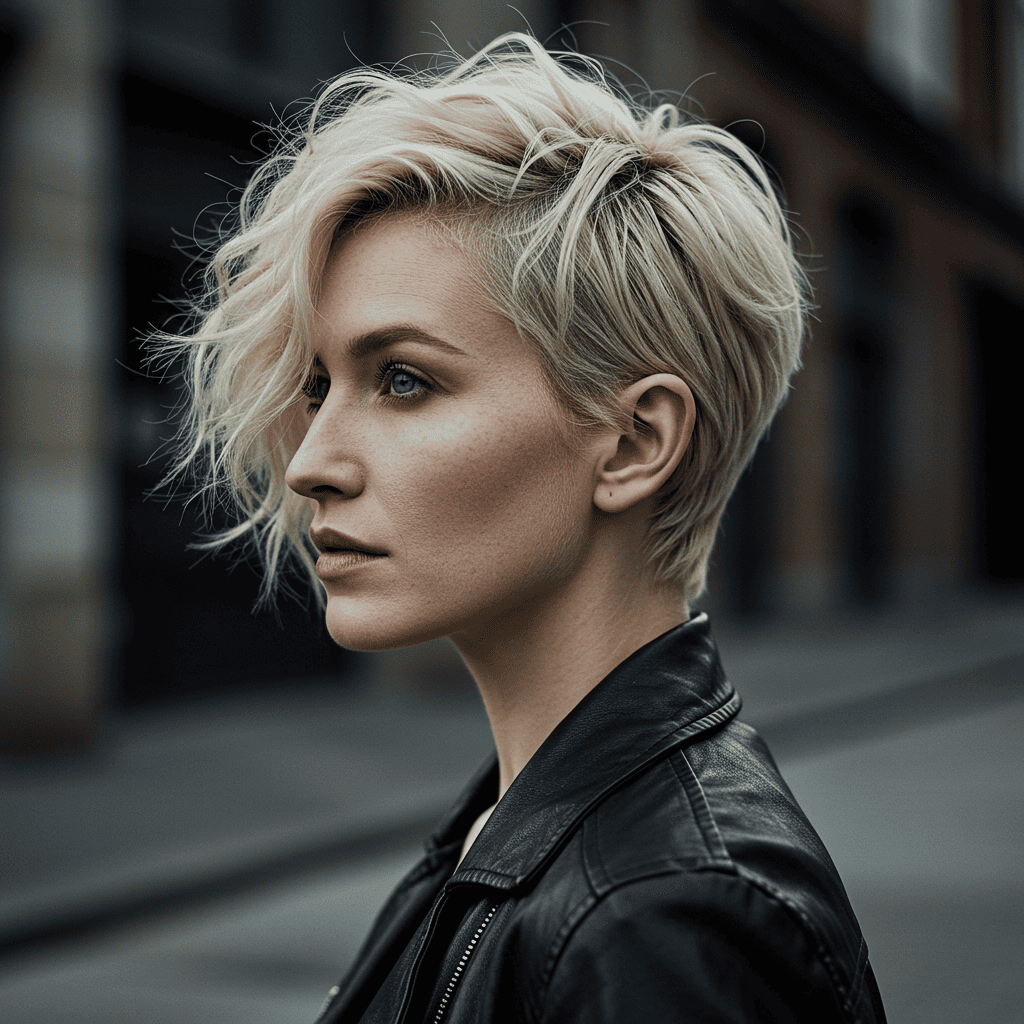
Alternative methods for beach waves include the twist and press technique with a flat iron, which creates more irregular, natural-looking bends. Braiding damp hair and allowing it to dry overnight produces a more subtle beach wave texture. Some stylists use the scrunching method with diffuser drying for those with naturally wavy hair, enhancing the existing texture rather than creating it from scratch.
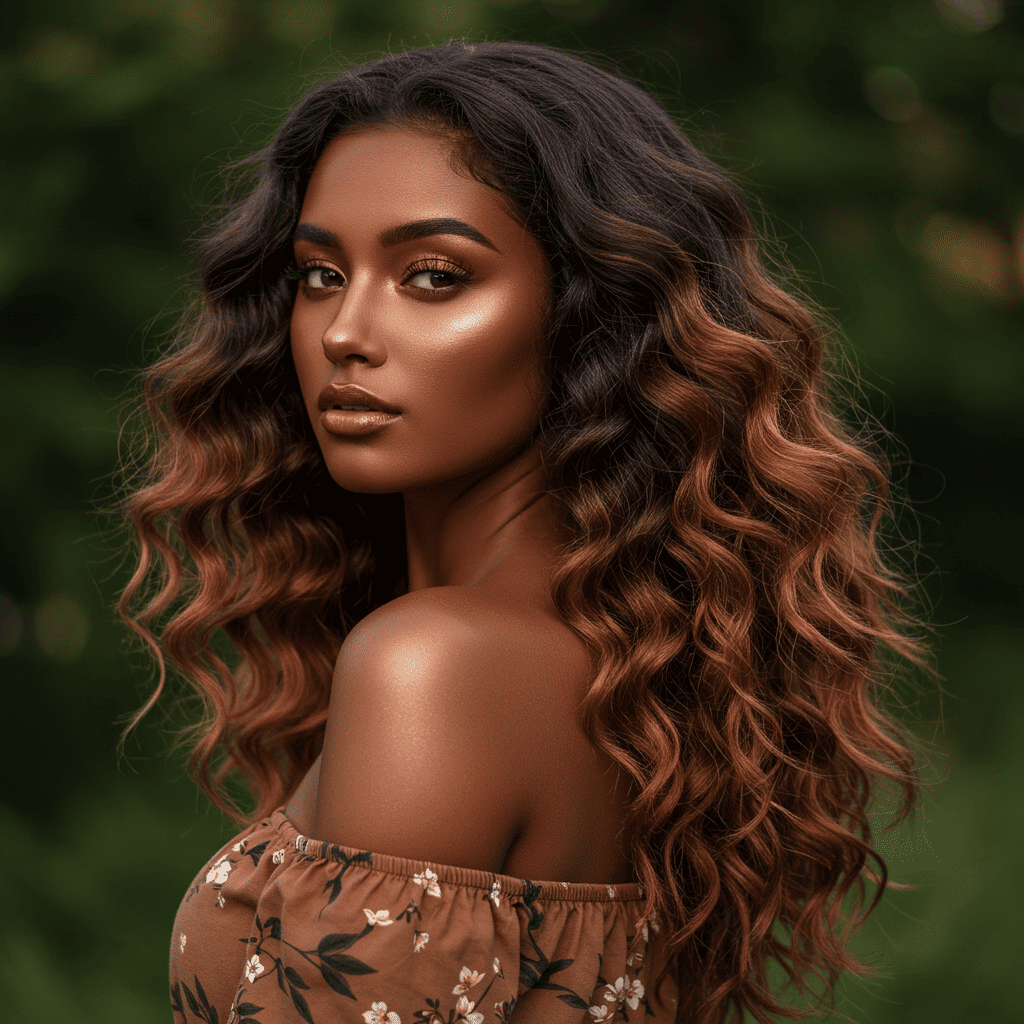
Fairy waves demand more precision in their creation. The technique typically involves using a larger barrel curling iron (1.5-2 inches) and wrapping flat sections of hair around the barrel in the same direction. This creates the uniform, ribbon-like pattern that defines fairy waves. The hair is held on the iron for a consistent amount of time to ensure even curl formation, and the curl is allowed to cool completely in the palm before being released.
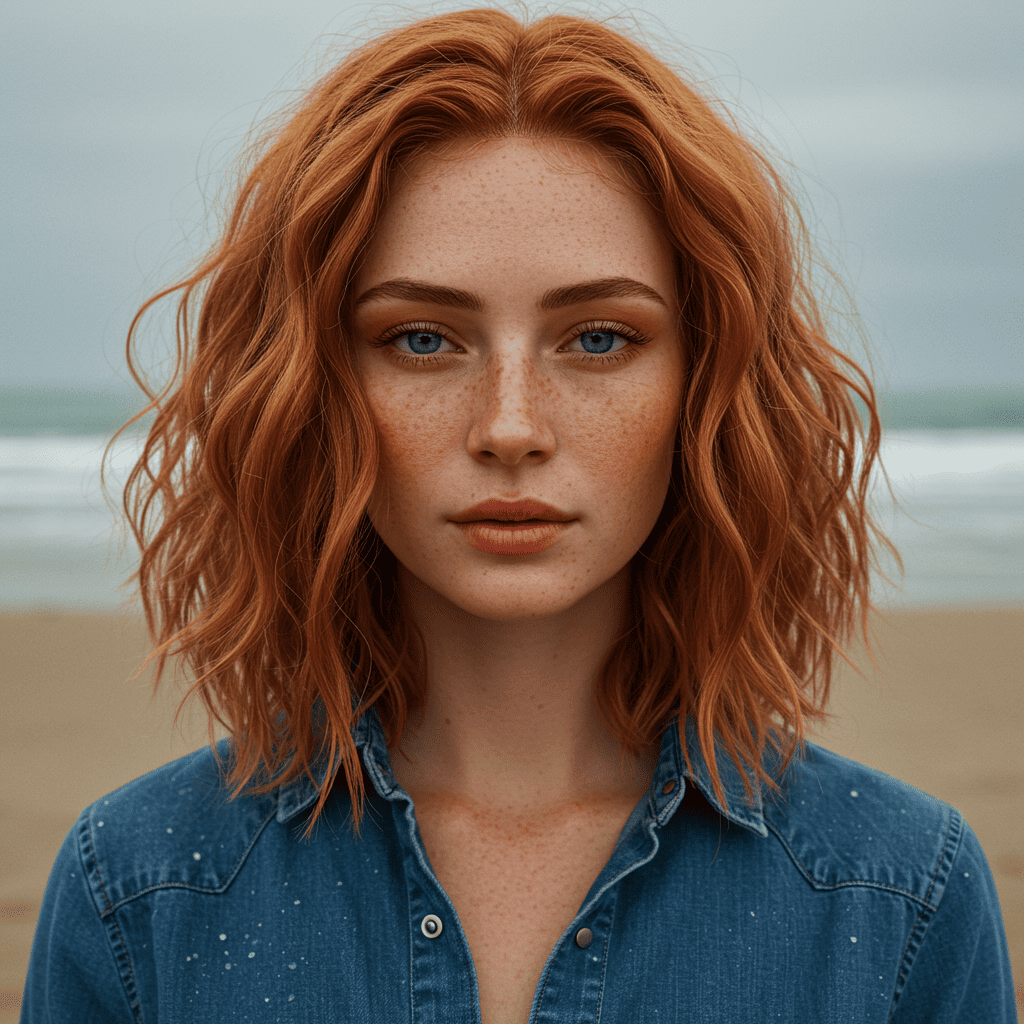
The finishing process is crucial for fairy waves. Once all sections are curled and cooled, a paddle brush or wide-tooth comb is gently run through the waves to connect them into one flowing pattern. A shine serum or oil is applied to create the characteristic glossy finish, and the waves are set with a flexible hold hairspray that maintains movement while preserving the pattern.
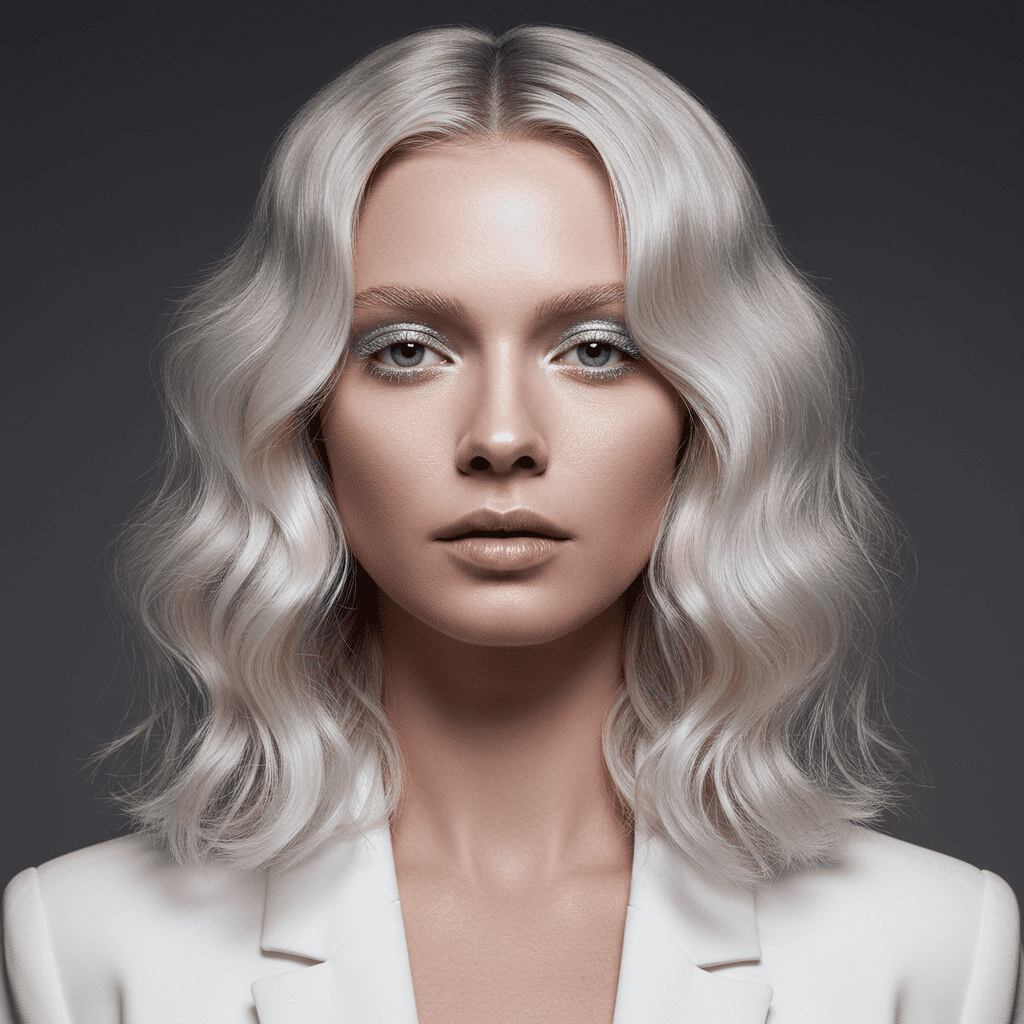
Product Selection: The Key to Achieving and Maintaining Each Style
Beach waves thrive with products that add texture and grip without weighing hair down. Sea salt sprays are the cornerstone product, providing the gritty texture that defines beach waves while adding volume and enhancing natural wave patterns. Texturizing sprays and dry shampoos add additional grip and volume, particularly beneficial for fine hair that struggles to maintain texture. Matte or semi-matte finishing products prevent the hair from looking too polished, maintaining that effortless, undone aesthetic.

For those with naturally smooth or straight hair, a texturizing mousse or wave-enhancing cream applied before styling helps create and maintain the beach wave pattern. These products provide memory and hold without stiffness, allowing the waves to move naturally while maintaining their shape. Lightweight hair oils can be used sparingly on the ends to prevent dryness without eliminating the desired texture.
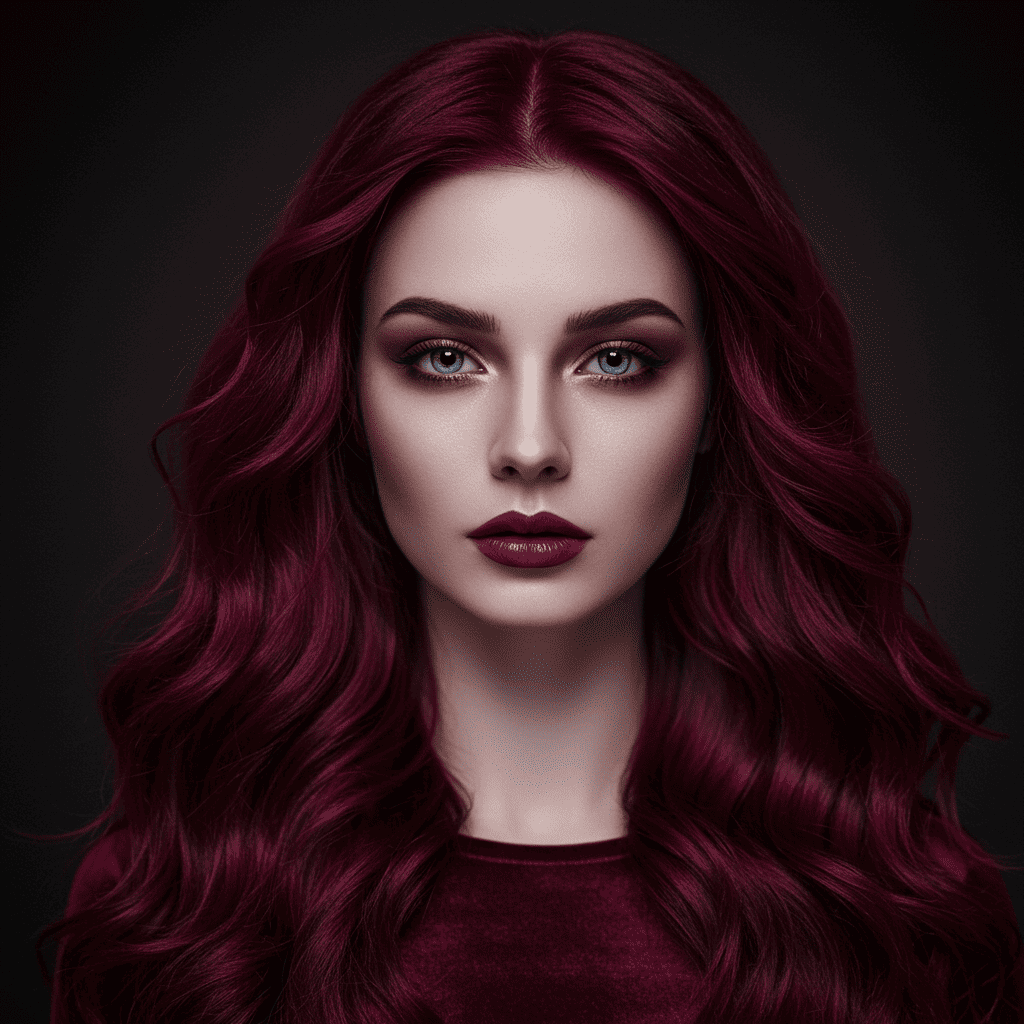
Fairy waves require products that smooth, shine, and define without creating stiffness or separation. Heat protectants with smoothing properties are essential, as fairy waves require more consistent heat application to achieve their uniform pattern. Smoothing serums or creams help eliminate frizz and create the polished foundation necessary for fairy waves. These products should be applied to damp hair before blow-drying to create the smoothest possible base.

Shine-enhancing products are crucial for fairy waves, as the glossy finish is a defining characteristic of the style. Lightweight oils, shine sprays, or gloss serums are applied after styling to create that ethereal shimmer. The key is choosing products that add shine without weight, as heavy products can pull the waves straight and eliminate the romantic bounce that makes fairy waves so appealing.

Maintenance and Longevity: How Each Style Holds Up
Beach waves are remarkably low-maintenance once created, actually improving as they settle and become more lived-in throughout the day. The intentionally imperfect nature of beach waves means that slight changes in the pattern or increased messiness often enhance rather than detract from the style. This makes beach waves ideal for busy lifestyles or humid climates where maintaining perfection is challenging.
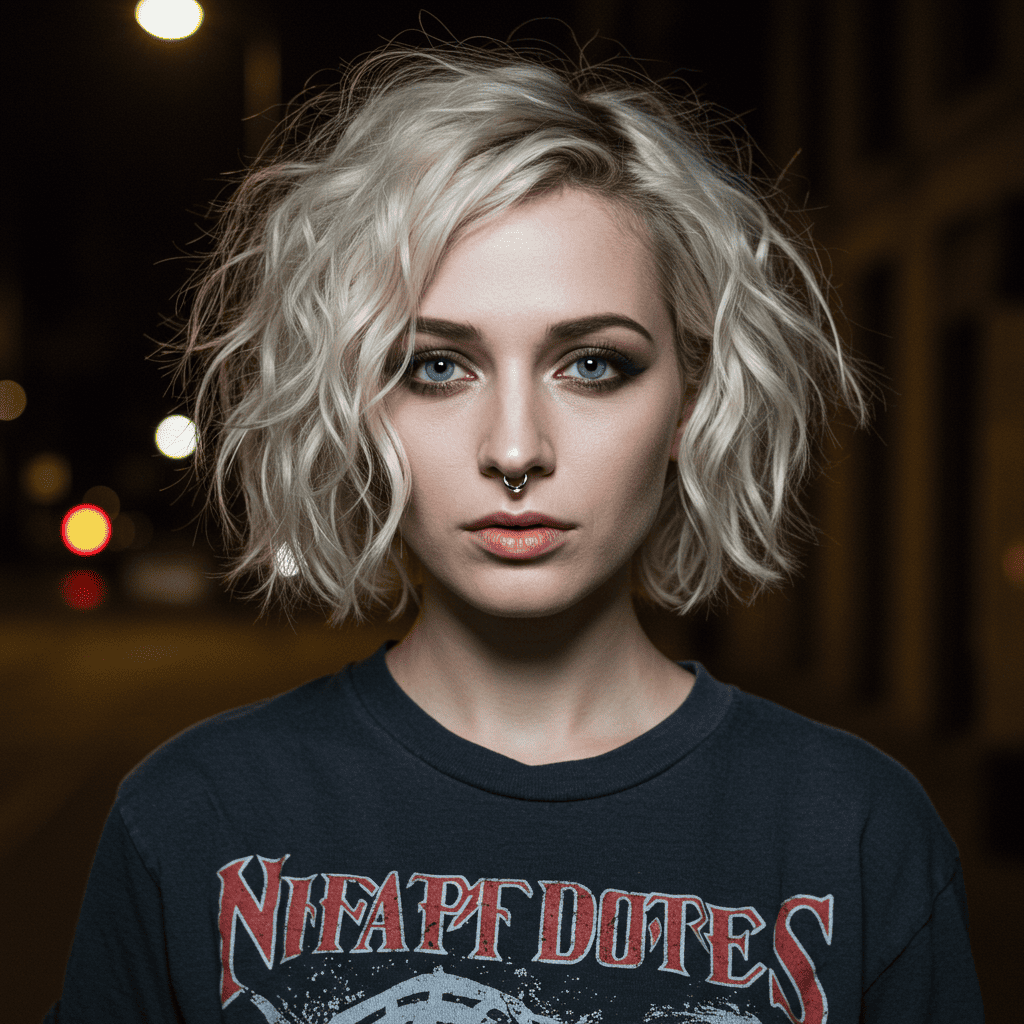
The second-day beach wave often looks even better than the first, with natural oils adding to the piece-y texture and enhancing the undone aesthetic. Refreshing beach waves is simple – a quick scrunch with water or texturizing spray can revive the pattern, and dry shampoo can add volume and texture at the roots. Beach waves can easily transition from day to night with minimal touch-ups, making them perfect for versatile styling needs.

Fairy waves require more careful maintenance to preserve their polished appearance. The uniform pattern and glossy finish mean that any disruption is immediately noticeable. Humidity, wind, and natural oils can affect the smooth texture and cause frizz or pattern disruption. Fairy waves typically look best on the first day and may require restyling or significant touch-ups for subsequent days.
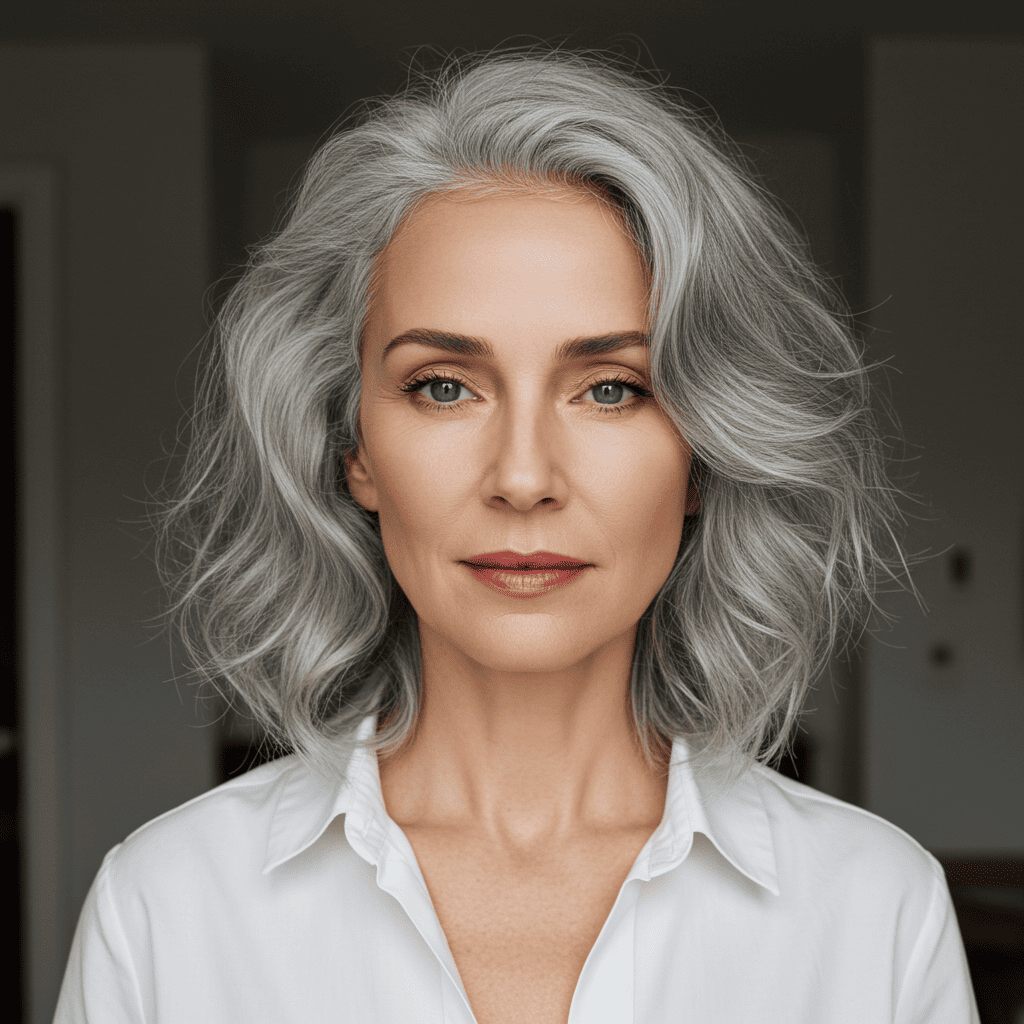
Preserving fairy waves overnight requires careful protection, such as silk pillowcases and protective wrapping techniques. Touch-ups often involve re-curling sections that have lost their pattern and reapplying smoothing and shine products. While fairy waves require more maintenance, many find the elegant result worth the extra effort, particularly for special occasions or when a polished appearance is desired.
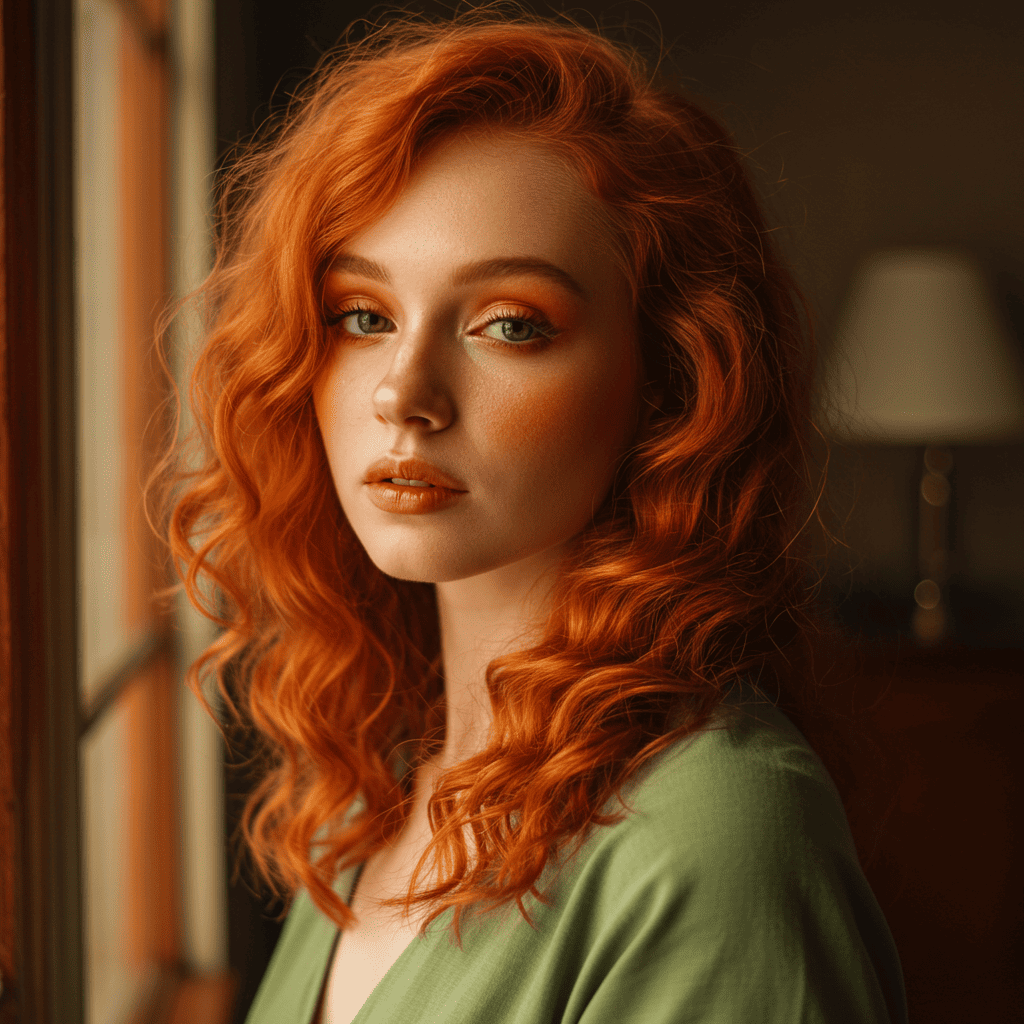
Color Considerations: How Different Hair Colors Enhance Each Style
Hair color plays a significant role in how beach waves and fairy waves appear and which style might be more flattering. Beach waves particularly complement multi-dimensional color, as the textured, piece-y nature of the style showcases highlights, lowlights, and balayage beautifully. The separated sections create depth and movement that makes color variations more visible and dynamic. Sun-kissed highlights and natural-looking color gradients enhance the beachy aesthetic.
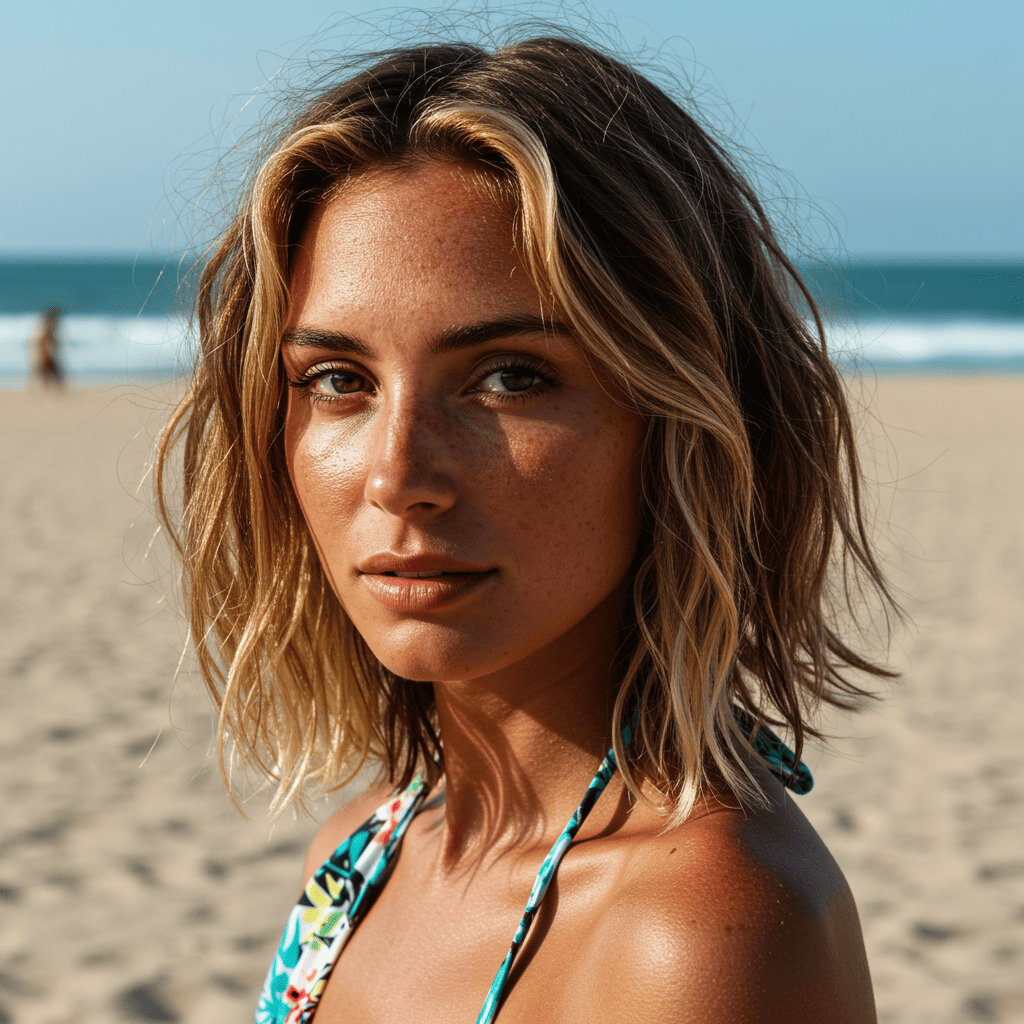
Solid colors can also work beautifully with beach waves, particularly when the color has natural variation or when the roots are slightly darker than the ends. This creates the sun-bleached effect associated with beach living. Natural grey and silver hair looks particularly striking with beach waves, as the texture adds youthfulness and movement to mature hair colors.
Fairy waves showcase color differently due to their smooth, uniform surface. The glossy finish and connected wave pattern create a canvas that displays color richness and shine. Solid, saturated colors look particularly stunning with fairy waves, as the smooth surface reflects light evenly and intensifies the color's depth. Deep brunettes, rich auburns, and vibrant fashion colors all benefit from the polished finish of fairy waves.
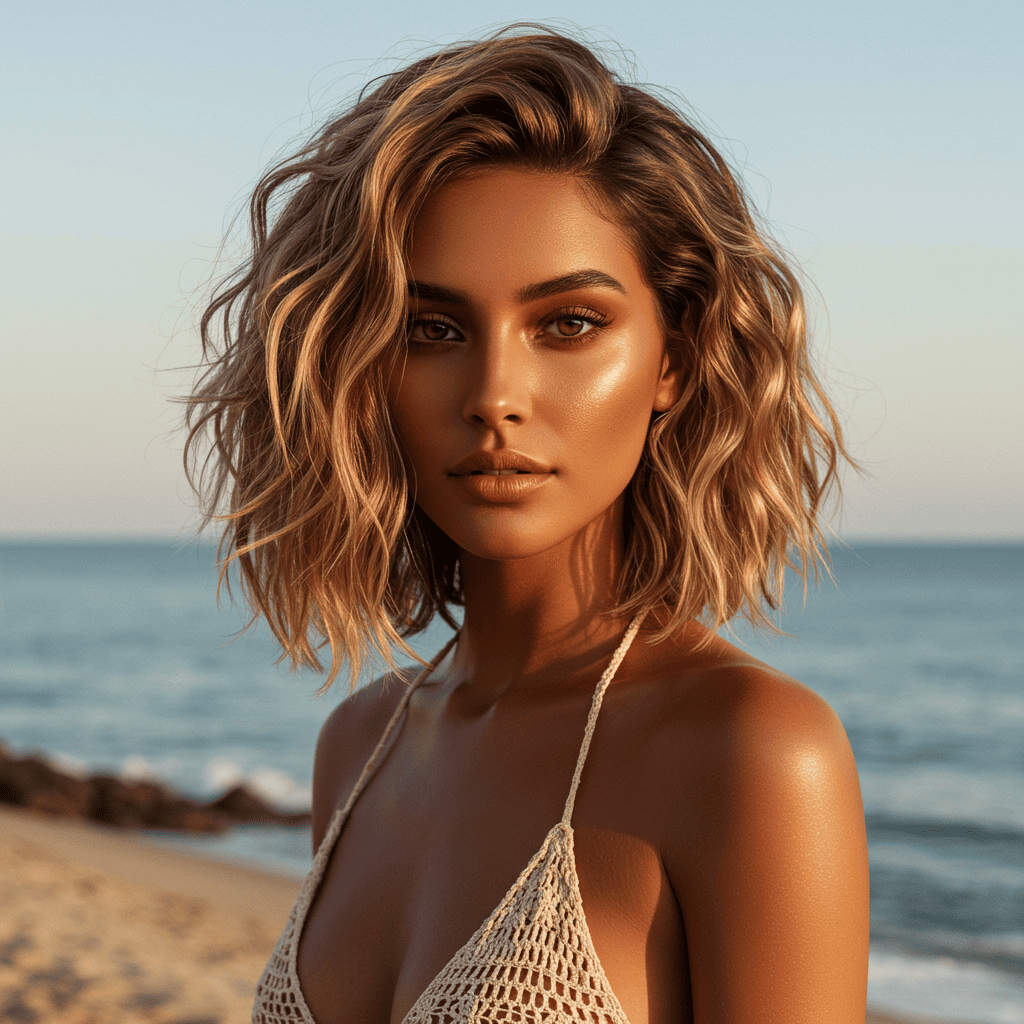
Dimensional color in fairy waves creates a more subtle, sophisticated effect than in beach waves. The connected wave pattern means highlights and lowlights blend more seamlessly, creating a painted effect rather than distinct streaks. This makes fairy waves ideal for those who prefer a more refined, elegant color display rather than the bold, contrasted look that beach waves can create.

Making Your Decision: A Personal Style Assessment
Ultimately, choosing between beach waves and fairy waves comes down to personal preference, lifestyle alignment, and what makes you feel most confident. Consider your daily routine – do you have 30 minutes for careful styling, or do you need something you can achieve in 10? Think about your personal aesthetic – are you drawn to effortless, natural beauty or polished, intentional elegance?
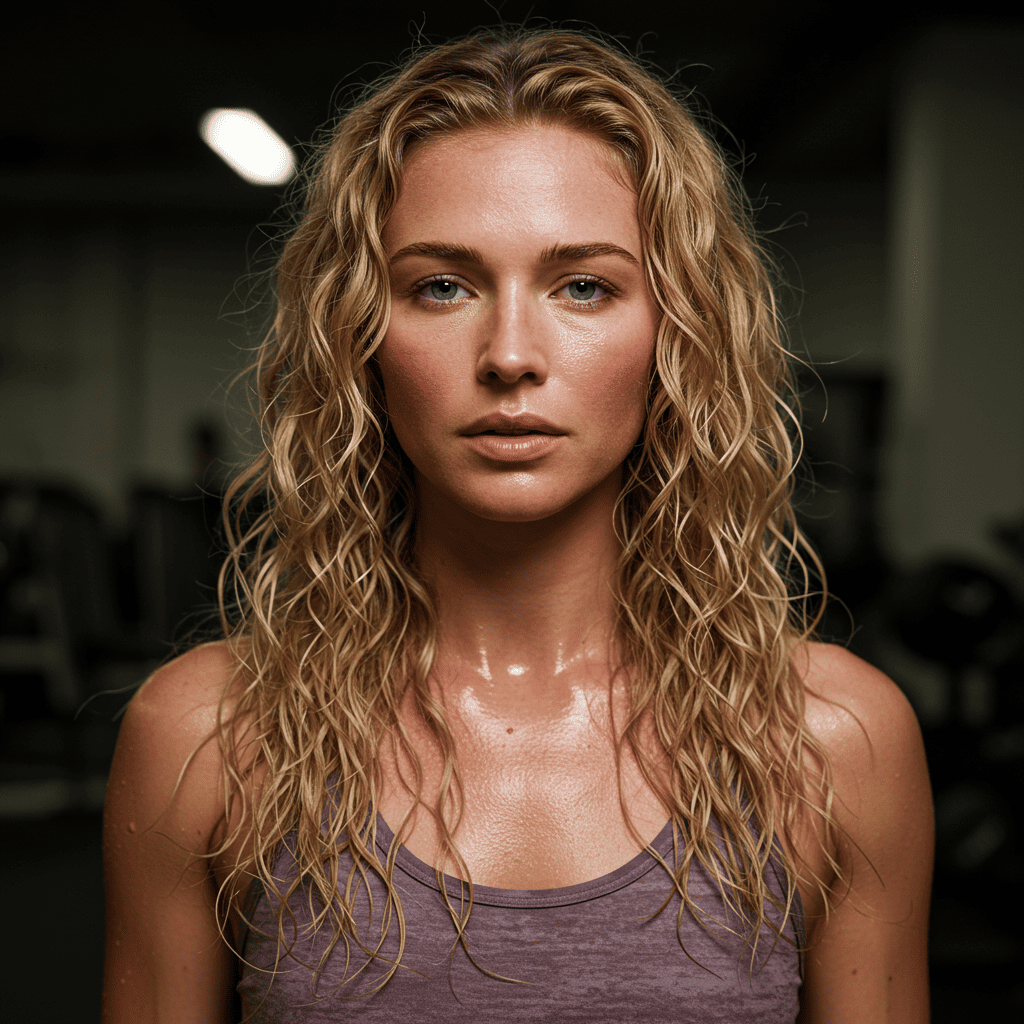
Examine your wardrobe and overall style. Beach waves complement casual, bohemian, minimalist, and sporty aesthetics. They work beautifully with denim, linen, cotton, and other natural fabrics. Beach waves suit those who prefer natural makeup, comfortable shoes, and understated jewelry. The style aligns with sustainable fashion and the "less is more" philosophy.
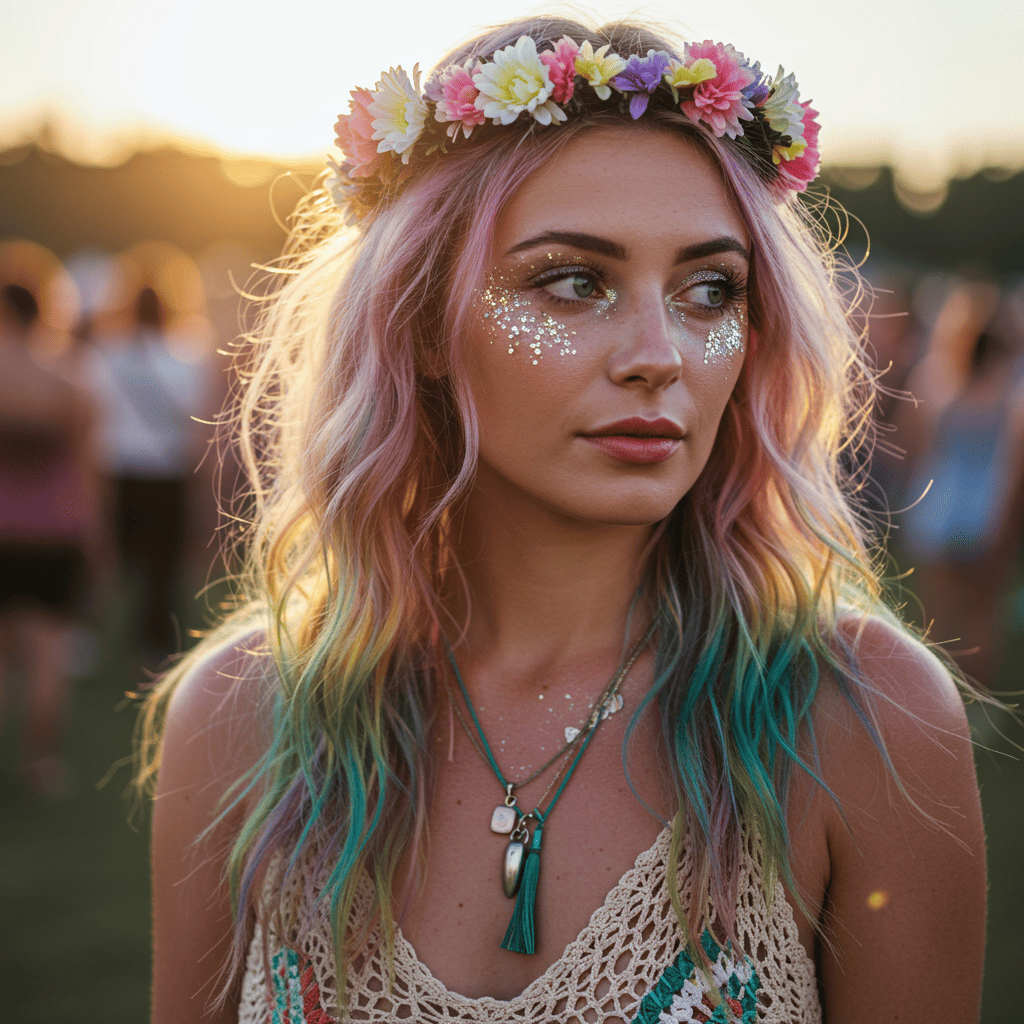
Fairy waves enhance romantic, feminine, classic, and formal style aesthetics. They pair beautifully with dresses, blouses, tailored pieces, and elegant fabrics. Fairy waves complement those who enjoy experimenting with makeup, wearing heels, and accessorizing with statement jewelry. The style aligns with vintage-inspired fashion and those who view personal presentation as an art form.
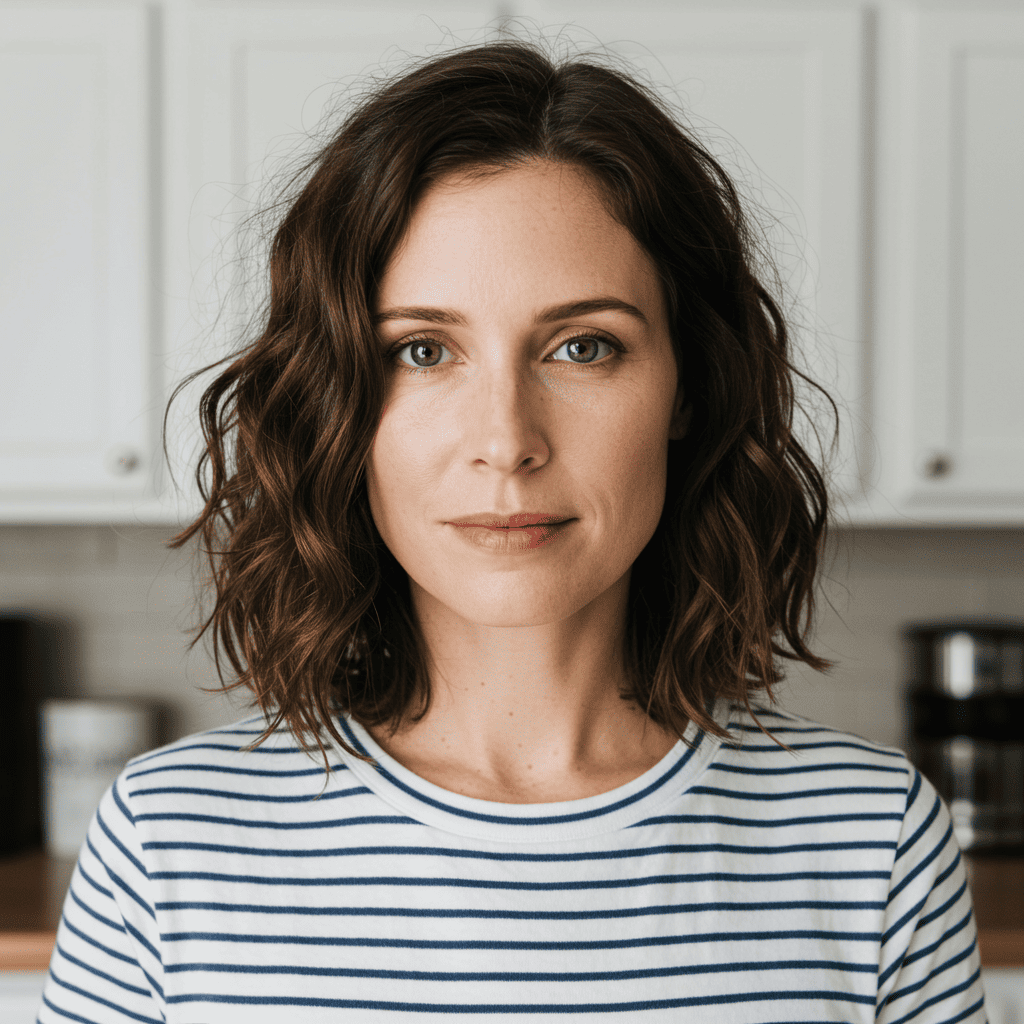
Consider also your hair's health and your commitment to maintenance. Beach waves are more forgiving of damage and actually work well with slightly compromised hair texture. Fairy waves require healthy, well-maintained hair to achieve the desired smooth, glossy finish. If you're willing to invest in regular treatments, quality products, and careful styling, fairy waves reward your efforts with stunning results.
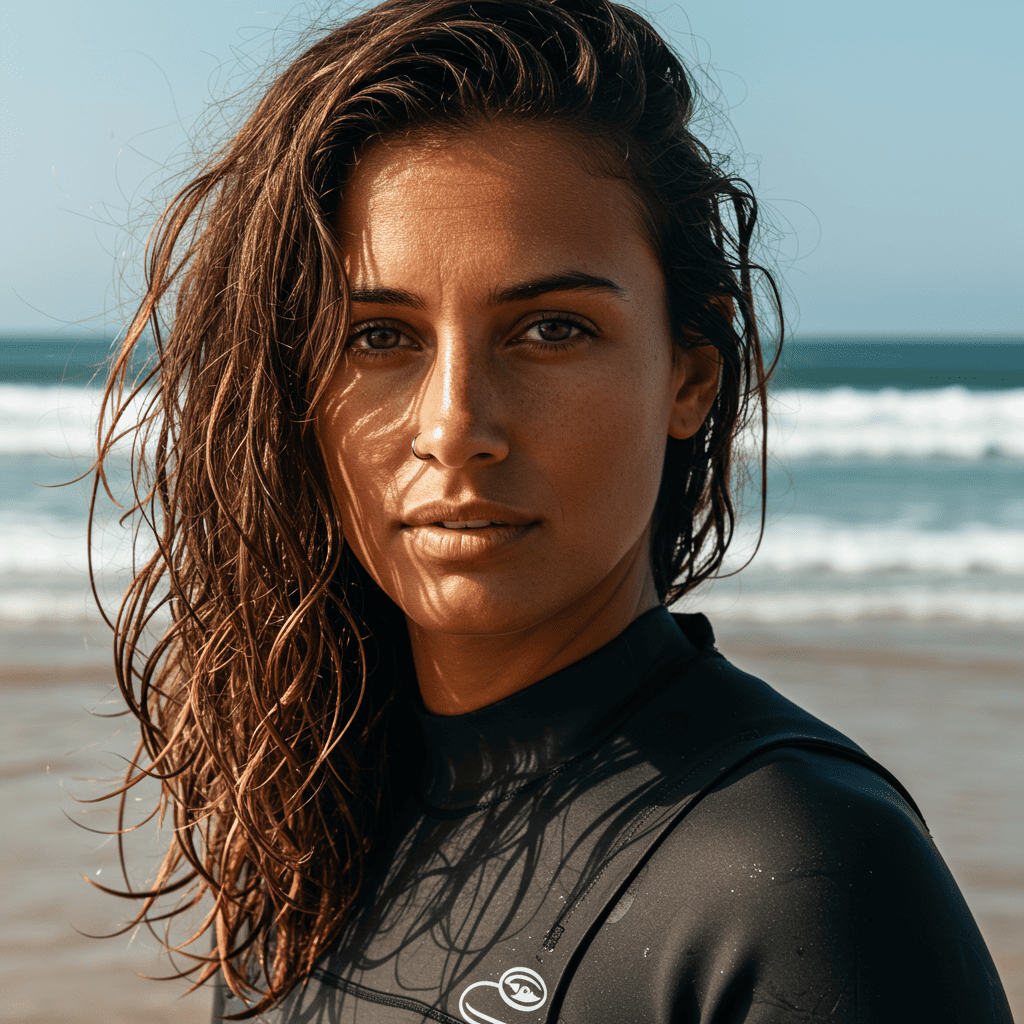
Conclusion: Embracing Your Wave Journey
The choice between beach waves and fairy waves isn't just about selecting a hairstyle – it's about choosing a form of self-expression that aligns with your personality, lifestyle, and aesthetic goals. Beach waves offer freedom, versatility, and effortless beauty that celebrates imperfection and natural texture. Fairy waves provide polish, romance, and ethereal elegance that transforms hair into a work of art.
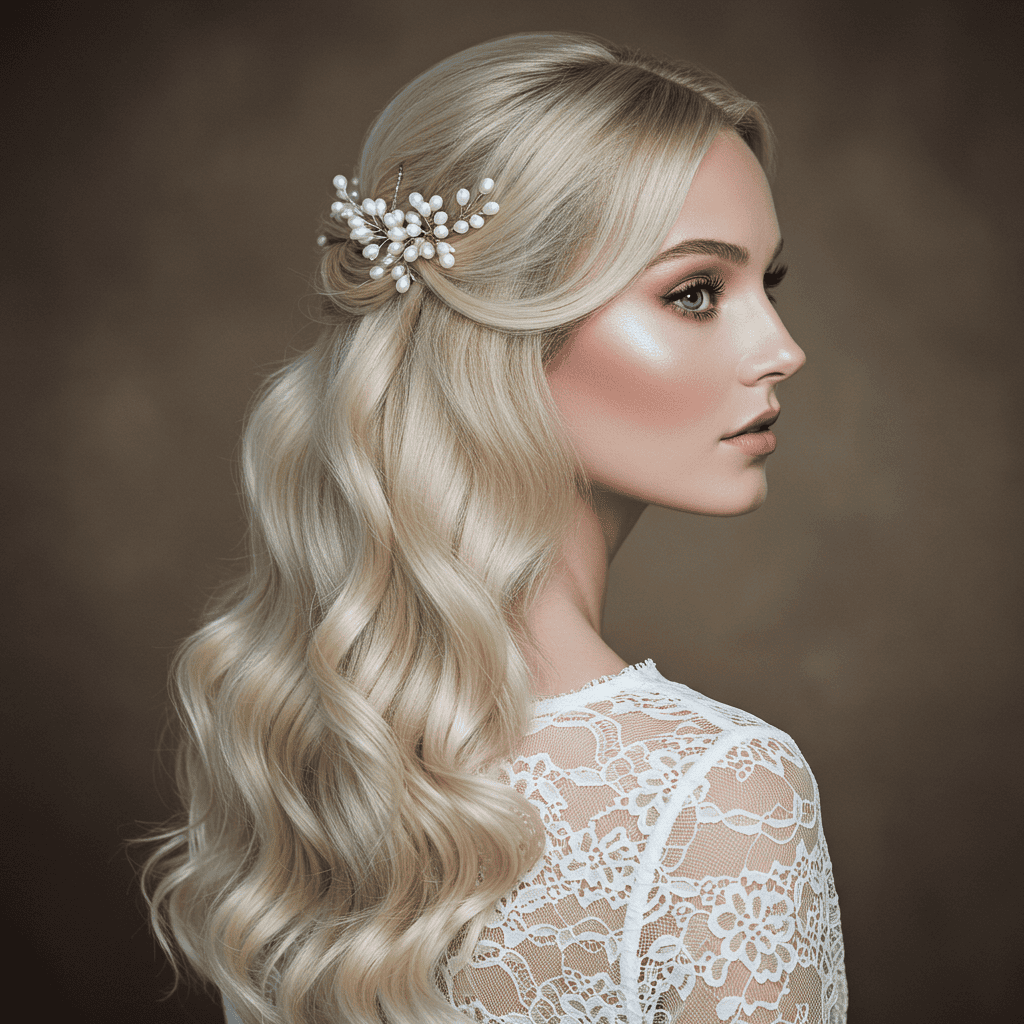
Both styles have their place in the modern beauty landscape, and neither is inherently superior to the other. The best choice is the one that makes you feel most like yourself, fits seamlessly into your lifestyle, and brings you joy when you see your reflection. Whether you choose the carefree spirit of beach waves, the romantic elegance of fairy waves, or decide to master both, you're participating in the beautiful tradition of using hair as a canvas for creativity and self-expression.
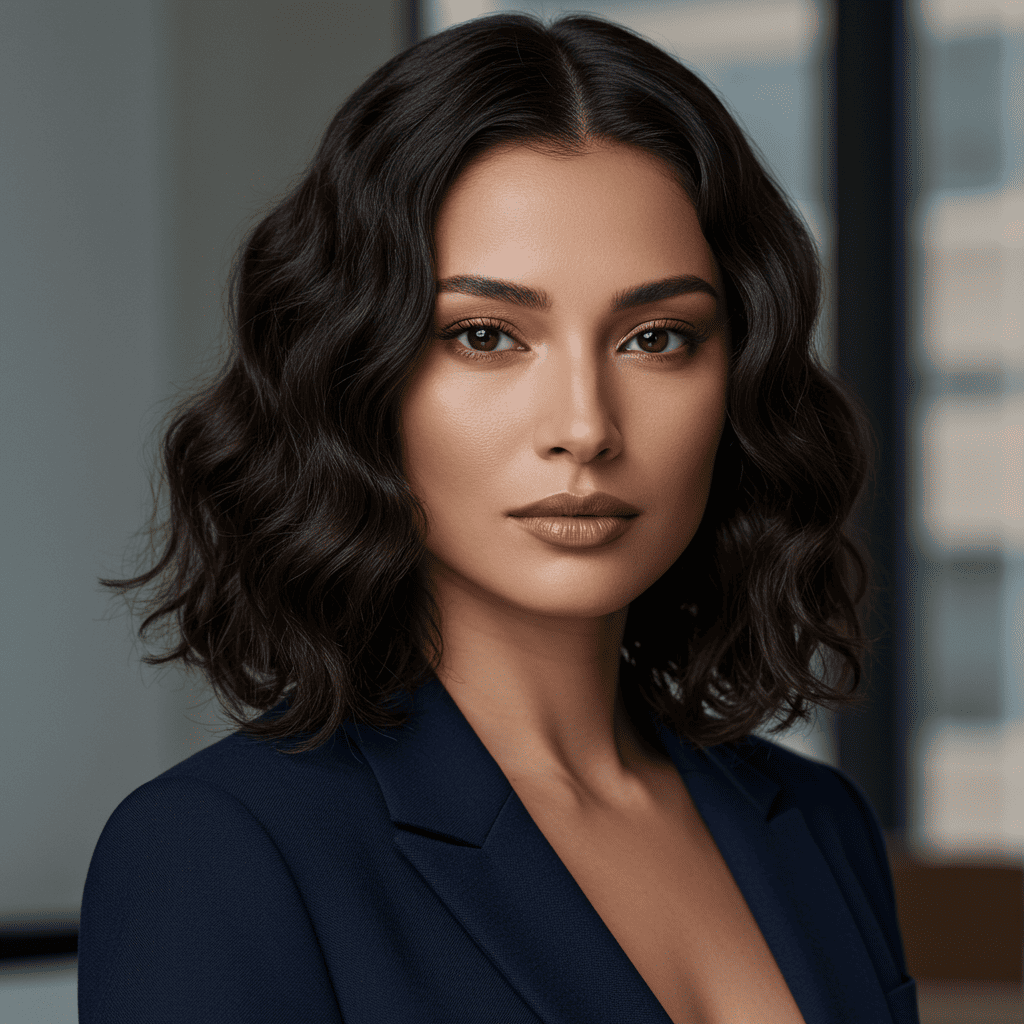
The beauty of modern hairstyling is that we're not limited to one look or one identity. Today you might rock effortless beach waves, tomorrow you might channel your inner fairy princess, and next week you might create something entirely unique that combines your favorite elements of both. The freedom to choose, change, and express yourself through your hairstyle is a privilege – embrace it, enjoy it, and make waves in whatever style speaks to your soul.

